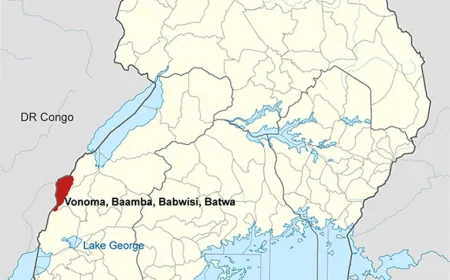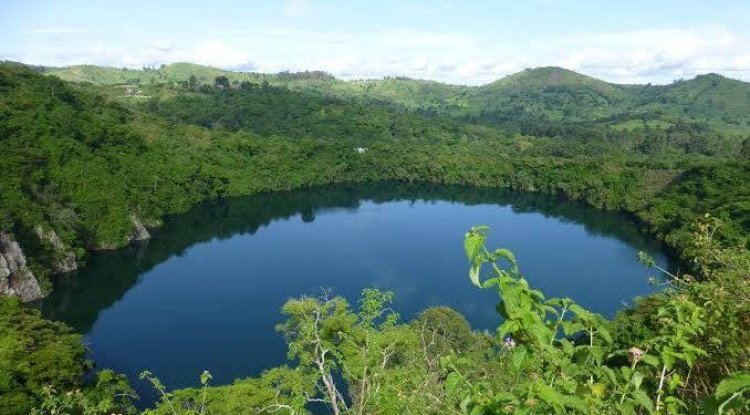Grey-cheeked Mangabey
The grey-cheeked mangabey (Lophocebus albigena) is a tiny, hairy monkey that is greyish black in colour. The Kibale National Park and Semuliki National Park in Uganda are likely to have grey-cheeked mangabeys.

The white-cheeked mangabey, also referred to as the grey-cheeked mangabey (Lophocebus albigena), is an Old World monkey that lives in the woodlands of Central Africa. It extends all the way from Cameroon to Gabon. The grey-cheeked mangabey is a tiny, hairy baboon-like monkey that is black in colour. In the forest where it lives, its thick brown fur is nearly black and has a bright rufus/golden mane around its neck. The males and females are similar in size, with the males being somewhat bigger.
Grey-cheeked Mangabey Behaviour
The forests of Central Africa are home to a variety of habitats for the grey-cheeked mangabey, which is typically assumed to reside in either swamps or primary forests. However, secondary forests have occasionally been discovered in some locations. In the past, several scientists believed that the species was only found in the forest canopy, but more recently, habituated groups have been seen gathering food on the forest floor.
The grey-cheeked mangabey lives in packs of five to thirty people. Without a single dominant male, the groupings contain either a single male or (more frequently) numerous males. While females remain in the troop of their birth, young males leave the troop when they reach adulthood and join other troops. Too many troops could cause them to separate. Because this mangabey typically avoids other soldiers, there aren't many conflicts amongst the troops. Their territories, which might overlap with those of other battalions and change over time, span several square miles of forested land.
To announce their presence, adult male Mangabeys make a characteristic "Whoop-Gobble" sound that may be heard approximately a kilometre away.
The Grey-cheeked Mangabey Diet
It mainly consumes fruit, especially figs, although it also consumes other fruits from time to time, along with shoots, flowers, and insects.
Where to see Mangabeys in Uganda?
The Kibale National Park and Semuliki National Park in Uganda are likely to have grey-cheeked mangabeys.
What's Your Reaction?
 Like
0
Like
0
 Dislike
0
Dislike
0
 Love
0
Love
0
 Funny
0
Funny
0
 Angry
0
Angry
0
 Sad
0
Sad
0
 Wow
0
Wow
0













































































